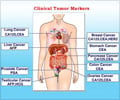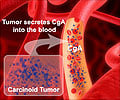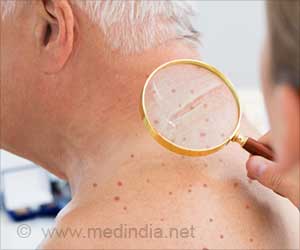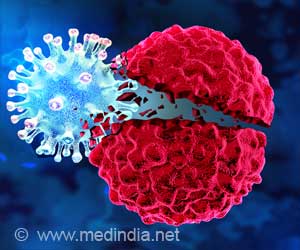A new report reveals that over 95 percent of survivors of childhood cancer suffered from at least one chronic health condition by the time they are 45 years old.
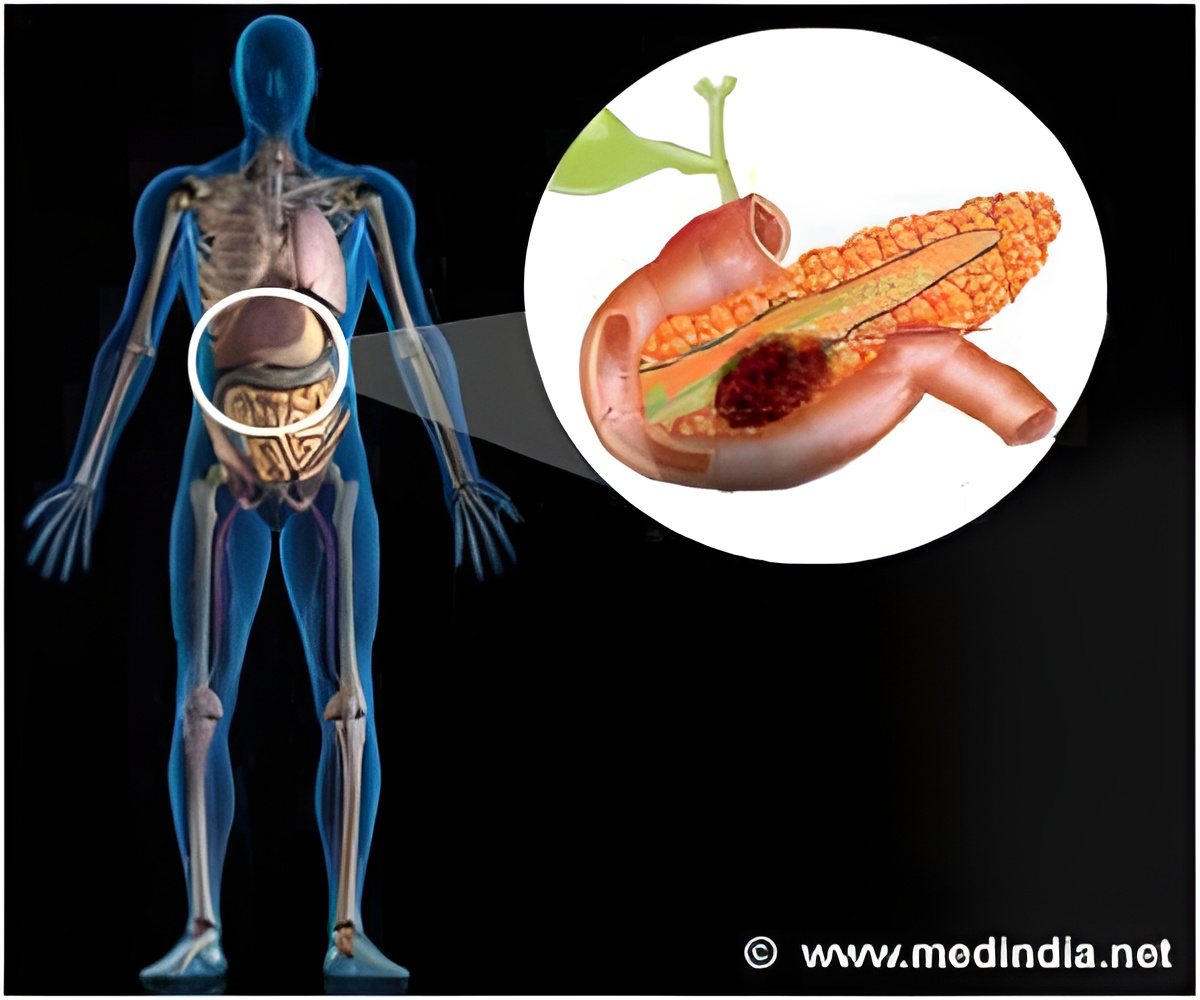
Melissa M. Hudson, M.D., of St. Jude Children's Research Hospital and the University of Tennessee College of Medicine, Memphis, and colleagues conducted a study to determine, through systematic comprehensive medical assessment, the general health status of long-term survivors of childhood cancer and the prevalence of treatment complications following predisposing cancer treatment-related exposures. The presence of health outcomes was ascertained using systematic exposure-based medical assessments among 1,713 adult (median [midpoint] age, 32 years) survivors of childhood cancer (median time from diagnosis, 25 years) enrolled in the St. Jude Lifetime Cohort Study since October 1, 2007, and undergoing follow-up through October 31, 2012. The participants were diagnosed and treated between 1962 and 2001. The primary measured outcomes were the age-specific cumulative prevalence of adverse outcomes by organ system.
The researchers found that impaired pulmonary, auditory, cardiac, endocrine, and nervous system function were most prevalent (detected in 20 percent or more of participants at risk). The crude prevalence of adverse health outcomes was highest for pulmonary (abnormal pulmonary function, 65.2 percent), auditory (hearing loss, 62.1 percent) endocrine or reproductive (any endocrine condition, such as hypothalamic-pituitary axis disorders and male germ cell dysfunction, 62.0 percent), cardiac (any cardiac condition, such as heart valve disorders, 56.4 percent), and neurocognitive (neurocognitive impairment, 48.0 percent) function.
"Among survivors at risk for adverse outcomes following specific cancer treatment modalities, the estimated cumulative prevalence at age 50 years was 21.6 percent for cardiomyopathy, 83.5 percent for heart valve disorder, 81.3 percent for pulmonary dysfunction, 76.8 percent for pituitary dysfunction, 86.5 percent for hearing loss, 31.9 percent for primary ovarian failure, 31.1 percent for Leydig cell failure, and 40.9 percent for breast cancer," the authors write.
Abnormalities involving hepatic, skeletal, renal, and hematopoietic function were less common (less than 20 percent).
"In this clinically evaluated cohort, 98.2 percent of participants had a chronic health condition," the researchers note. "The overall cumulative prevalence of a chronic condition was estimated to be 95.5 percent by age 45 years and 93.5 percent 35 years after cancer diagnosis." At age 45 years, the estimated cumulative prevalence was 80.5 percent for a serious/disabling or life-threatening chronic condition.
Advertisement
Editor's Note: This study was supported by a Cancer Center Support grant from the National Cancer Institute and by the American Lebanese Syrian Associated Charities. Please see the article for additional information, including other authors, author contributions and affiliations, financial disclosures, etc.
Advertisement

